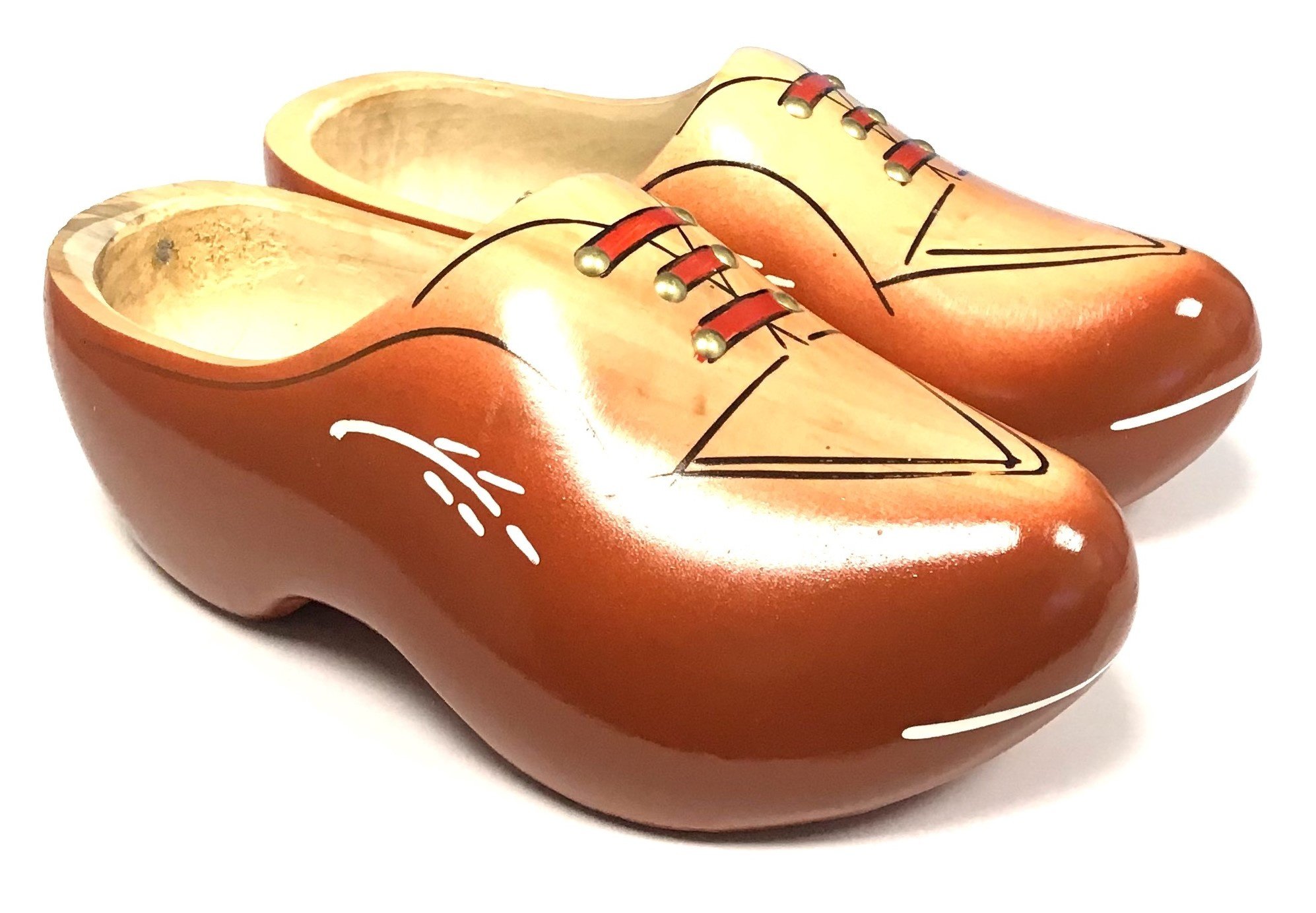Robust wooden shoes
- Posted on
- By J van Erp
- Posted in Robust wooden shoes
- 0

When you think of Holland, you soon think of windmills, tulips and wooden shoes. We would like to tell you more about this piece of cultural-historical heritage in the Netherlands. For example about how these wooden shoes were made, how they were used in the past and the current use of clogs in the Netherlands. Read on to find out.
The history of the wooden shoes
Wooden shoes are footwear made from wood. Wooden shoes have been around since ancient times and were mainly worn by workers and farmers during the Middle Ages. Wooden shoes were mainly worn in Central and Western Europe and before these people switched to wearing wooden shoes, they mainly wore wooden sandals. Wooden shoes were a lot higher than wooden sandals, so the workers and farmers came into contact with the muddy streets as little as possible. The first clogs, however, were no more than sandals with a high heel and instep. It was not until the fifteenth century that people discovered that the wooden shoes could also be made from one piece of wood. Where initially only the sole of the wooden shoe consisted of wood, it later became possible to manufacture the heel and instep from wood.
As the wood processing techniques got better and better, the clog started to take on more and more the shape that we now know throughout the Netherlands. Eventually it became possible to make the entire wooden shoe from one piece of wood. This block was refined bit by bit until finally a portable shoe emerged. Wooden shoes were made in all shapes and sizes, but as time went by the point shape of the wooden shoes gave way to the somewhat rounder shape that we know today. Wooden shoes served as a cheap and practical alternative for foot protection in harsh weather and working conditions for workers and farmers. For example, a wooden shoe is well resistant to water, something that came in handy for many workers and farmers in the Netherlands.
Who made the wooden shoes?
From the Middle Ages to the twentieth century, wooden shoes were made by, you guessed it, wooden shoe makers. Clogmaker was an important office with a lot of prestige during this period. Clogmakers were also members of a so-called "clog guild" and a Dutch village therefore usually had its own clog maker. Dutch clogs were and are generally made of wood from Dutch poplars and / or willows.
At the beginning of the twentieth century, the shoe industry gained momentum and the wooden clogs made way for the leather shoe. Because these leather shoes could easily be produced by mass production, the clog industry got into a dip. The clog industry experienced a revival during the First World War, due to the scarcity of raw materials for the leather shoes. The heyday of the clogs would eventually last until the end of the Second World War. Today there are a total of 31 manual clog makers and 19 mechanical clog makers in the Netherlands.
Robust wooden shoes
As you could already read at the beginning of this article, clogs have been available in all shapes and sizes ever since. The Dutch Clog Shop is known for its extensive range of different clogs. This way we have robust clogs and much more in our range! You can of course view the entire range on our website. We can supply robust wooden shoes in sizes 21 to 49. These clogs are painted by hand and have a piping. All robust clogs in our range are processed manually, which ensures that no clogs are exactly the same. Do you want to know more about the production process of our clogs or do you need other information? Please contact us by calling 041 68 54 853 or send an e-mail to [email protected].

Comments
Be the first to comment...